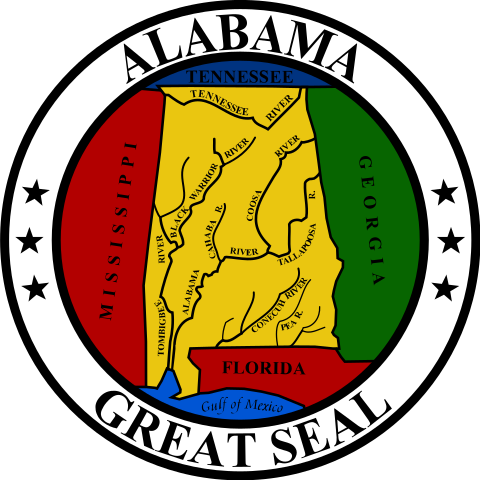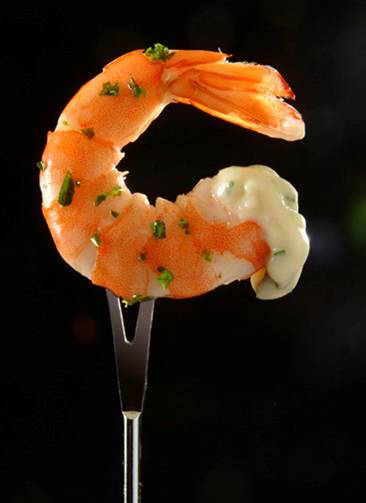We've learned about Jesus' teaching stories called the Parable of the Sower,
the Parable of the Weeds
the Parables of the Hidden Treasure and the Pearl,
the Parable of the Wandering Sheep,
the Parable of the Unmerciful Servant,
the Parable of the Wedding Banquet,
the Parable of the Bags of Gold,
and the Parable of the Two Sons.
Another Parable Jesus told is called the Parable of the Good Samaritan.
Jesus' told his followers that it is very important to love your neighbor.
Some of his followers asked what he meant by neighbor, so Jesus told a story about a man going on a trip.
In the story he told them that a man was traveling along a dangerous road, and robbers came and attacked him and beat him up.
He was laying in the road hurt very badly.
As he was laying there, a priest of the church came by and saw the Samaritan hurt in the road.
He did not help the hurt man, he kept walking.
Next came another person from the church, called a Levite.
He saw the hurt man and walked by too without helping.
Next came a man who was from the town of Samaria, called a Samaritan.
In Jesus' time his followers did not like the Samaritans, and the Samaritans did not like the people that were Jesus' followers.
They fought, argued and did everything they could to stay away from each other.
The Samaritan saw the man lying hurt in the road, a man that he normally would not like and may even have a fight with.
He went over to the hurt man and put bandages and medicine on him to help him heal.
Then he put the man on his donkey for the long journey to the next town and brought him to an inn.
At the inn he gave some of his own money to the person who owned the inn and asked him to please watch over the hurt man until he got better.
He even said that if the innkeeper had to spend money to help the hurt man, he would pay the innkeeper back.
Jesus said that even though the Samaritan was normally an enemy to the hurt man, he was his neighbor.
His people were very surprised that Jesus was telling them they had to be nice to people they didn't like!
His message for people was that we have to treat everyone in the world like our neighbor and love them and take care of them, even if we don't like the person or if they are our enemies.

(from: wikipedia - parable of the good samaritan)
Kid Facts - Blast from the past: After Jesus' Birth








